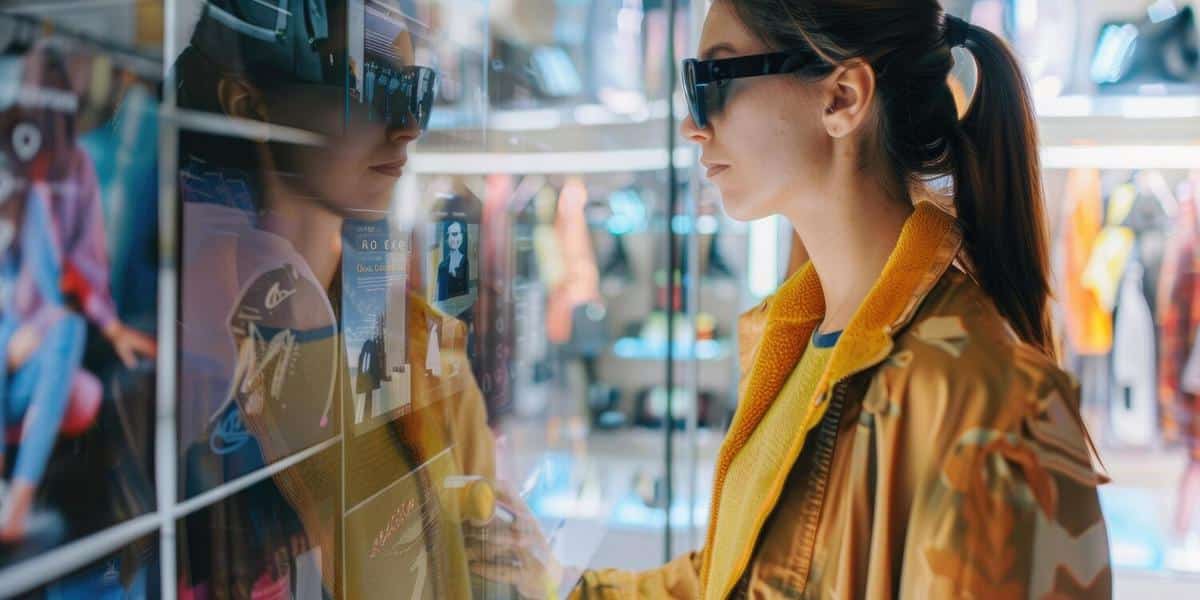
The Role of Big Data in Defining Fashion Trends
Fashion is not just about aesthetics; it’s an intricate tapestry woven with data and technology. In this era of digital transformation, Big Data has emerged as a pivotal force in shaping and defining fashion trends.
The fashion industry, long known for its reliance on creativity and intuition, is now turning to Big Data to stay ahead of the curve. By analyzing vast amounts of data from various sources, brands can predict trends, enhance decision-making, and tailor their offerings to meet consumer demands more precisely.
The Influence of Big Data on Fashion Trends
Big Data analytics allow brands to dissect consumer behavior, preferences, and purchasing patterns. According to a report by McKinsey & Company, businesses that leverage Big Data are 23% more likely to outperform their competitors in terms of profitability.
Expert Insights
Industry leaders, like Vanessa Friedman, Fashion Director at The New York Times, emphasize the transformative impact of data analytics in fashion. She remarks, “Data is the new fabric of the fashion industry.” This sentiment is echoed across the sector as brands seek to harness data’s power to innovate.
Statistics and Research Findings
| Aspect | Impact |
|---|---|
| Predictive Analytics | Improves trend forecasting by 35% |
| Consumer Insights | Enhances customer satisfaction by 40% |
| Supply Chain Optimization | Reduces waste by 25% |
| Personalization | Increases sales by 30% |
| Inventory Management | Cuts costs by 15% |
| Market Expansion | Identifies 20% more opportunities |
| Brand Loyalty | Boosts retention by 10% |
| Social Media Analysis | Refines marketing strategies by 50% |
Personal Anecdotes
Consider the case of a boutique clothing line that struggled to maintain its market presence. By integrating data analytics, they identified a trend toward sustainable fabrics and adjusted their production accordingly. This pivot not only increased their sales but also solidified their brand as a sustainable fashion leader.
Actionable Tips for Leveraging Big Data
- Invest in data analytics tools that align with your business goals.
- Collaborate with data scientists to interpret and apply data insights effectively.
- Continuously monitor consumer feedback and adjust strategies accordingly.
- Embrace social media analytics to capture emerging trends early.
FAQs
How does Big Data influence fashion design?
Big Data provides insights into consumer preferences, allowing designers to create collections that resonate with their target audience.
What challenges do fashion brands face with Big Data?
Challenges include data privacy concerns, the need for skilled data analysts, and integrating data insights into creative processes.
Can small fashion businesses benefit from Big Data?
Yes, even small businesses can use Big Data to understand market trends and optimize their operations and strategies.
Conclusion
In conclusion, Big Data plays a crucial role in defining fashion trends by providing deep insights into consumer behavior and market dynamics. By harnessing the power of data, fashion brands can innovate, adapt, and thrive in an ever-evolving industry landscape. Embrace these insights and tools to stay competitive and responsive to consumer needs.


